The landscape of language translation has been revolutionized by the advent of mobile applications, particularly in the realm of East Asian languages. Among the most sought-after features in these apps is the accuracy of translations between Chinese, Japanese, and Korean—three languages that, despite their geographical proximity, present unique challenges due to their distinct linguistic structures. As users increasingly rely on these tools for everything from casual conversations to business communications, the demand for precision has never been higher.
The Complexity of East Asian Languages
Chinese, Japanese, and Korean each belong to different language families, yet they share a historical and cultural interconnectedness that complicates translation. Chinese, a Sino-Tibetan language, is tonal and relies heavily on characters that convey meaning rather than sound. Japanese, while incorporating Chinese characters (kanji), also uses two phonetic scripts (hiragana and katakana) and has a grammar structure vastly different from Chinese. Korean, on the other hand, uses Hangul, a phonetic alphabet, but its syntax and honorifics add layers of nuance that are difficult to capture algorithmically. These differences make achieving high accuracy in translation a formidable task.
The Role of Machine Learning in Translation Accuracy
Modern translation apps leverage machine learning and neural networks to improve accuracy. By analyzing vast datasets of bilingual texts, these systems learn patterns and contextual clues that help them generate more natural translations. For instance, a phrase like "I love you" might translate directly in Chinese ("我爱你"), but in Japanese, the context could shift the translation to "愛しています" (a more formal expression) or "好きだよ" (a casual one). Korean might use "사랑해" in informal settings but "사랑합니다" in formal ones. The ability of apps to discern these subtleties is a testament to advancements in AI, but challenges remain, especially with idiomatic expressions or culturally specific references.
User Expectations and Real-World Performance
While developers tout high accuracy rates—often above 90% for simple sentences—real-world usage reveals gaps. Users report frustration when translations fail to account for regional dialects or slang. For example, a Chinese user from Beijing might use colloquialisms unfamiliar to a speaker from Taipei, leading to awkward or incorrect translations. Similarly, Japanese keigo (honorific language) can be mishandled, resulting in unintended rudeness. Korean honorifics, which change based on the relationship between speakers, are another pain point. These nuances highlight the gap between laboratory-tested accuracy and the messy reality of human communication.
The Future of Translation Apps
Despite these challenges, the trajectory of translation technology is promising. Innovations like real-time voice translation and augmented reality overlays are pushing the boundaries of what these apps can do. Some apps now allow users to correct translations on the fly, feeding those corrections back into the system to improve future outputs. As datasets grow and algorithms become more sophisticated, the dream of seamless communication across Chinese, Japanese, and Korean edges closer to reality. However, the human element—the cultural and contextual understanding that machines still lack—remains the final frontier.
In the end, while translation apps have made remarkable strides in bridging language barriers, they are not yet infallible. Users must approach them as powerful aids rather than perfect substitutes for human translators. As technology continues to evolve, so too will the accuracy and reliability of these tools, bringing us ever closer to a world where language is no longer a barrier but a bridge.
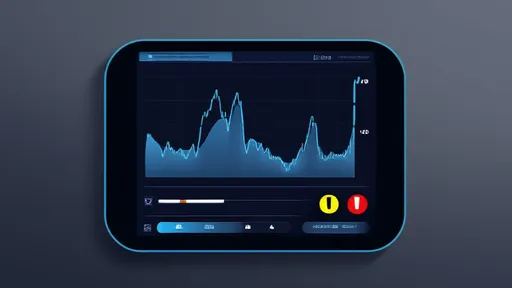
By /Aug 4, 2025
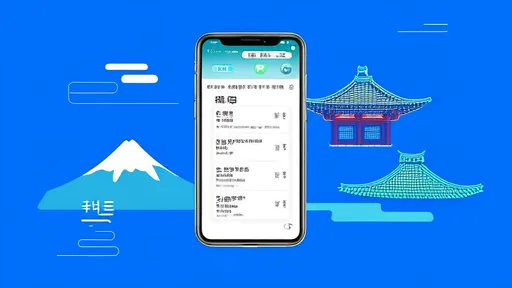
By /Aug 4, 2025

By /Aug 4, 2025
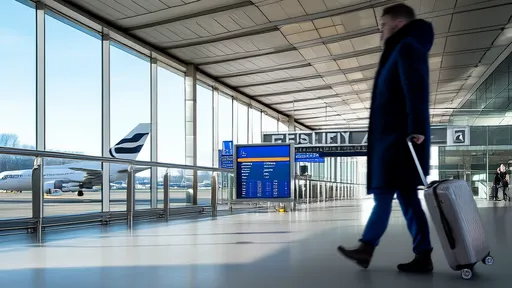
By /Aug 4, 2025

By /Aug 4, 2025

By /Aug 4, 2025

By /Aug 4, 2025

By /Aug 4, 2025

By /Aug 4, 2025

By /Aug 4, 2025

By /Aug 4, 2025

By /Aug 4, 2025

By /Aug 4, 2025

By /Aug 4, 2025
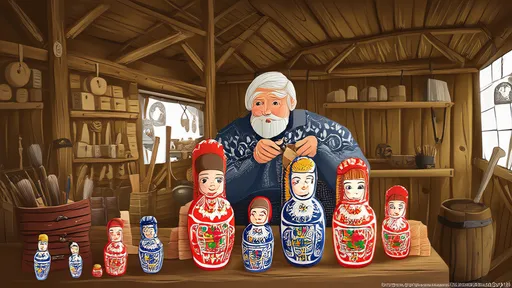
By /Aug 4, 2025

By /Aug 4, 2025

By /Aug 4, 2025

By /Aug 4, 2025
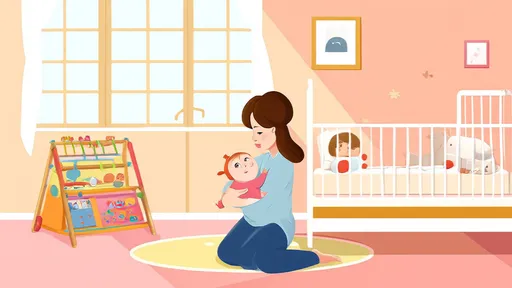
By /Aug 4, 2025

By /Aug 4, 2025